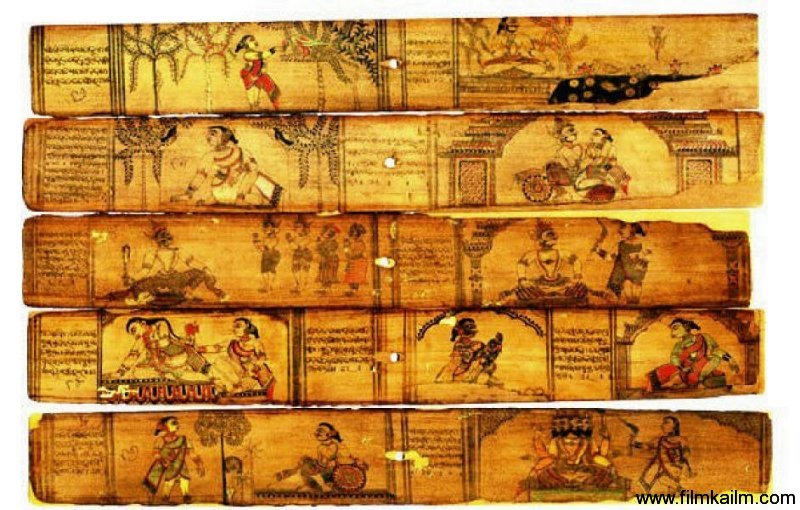ORIGIN OF DANCE
The history of dance is difficult to access as no dance has any clear identifiable physical artifacts that last over recent millenia.Precisely the mingling of dance with human culture is unknown.
Dance has been an important part of all kinds of celebrations like religious ceremonies,festival celebrations and entertainment even before the birth of the earliest human civilisations. Archaeology delivers traces of dance from prehistoric times such as the Bhimbetka rock paintings in India and Egyptian tomb paintings depicting dancing figures from 3300 B.C. Many of the contemporary dance forms can be traced back to historical, traditional, ceremonial, and ethnic dances of the ancient period. In olden times dance was also used as a method of expressing ones thoughts,ideas and also for healing.
Natyashastra is the earliest manuscript describing the evolution of dance and our modern day Indian classical dance is based on this manuscript. The Natyashastra was originally written by Bharatamuni. The text consists of 36 chapters with a cumulative total of 6000 poetic verses describing performing arts. The subjects covered in the Natyashastra include dramatic compositions, structure of a play ,the construction of a stage to host it, genres of acting, body movements, make up, costumes, role and goals of an art director, the musical scales, musical instruments and the integration of music with art performance. It is said that the Natyashastra has drawn extensively from the 4 Vedas, Rig, Yajur, Sama and Atharva. The stories or the intellectual content have been taken from the Rig Veda, the abhinaya or the mimetic art was taken from the Yajur Veda, the music was taken from Sama Veda and the emotional content or the Rasa was taken from the Atharva Veda. So Natyashastra can be called Natya Veda which can be taken as the fifth veda as it has taken the essences from all the Vedas.
Indian dance was at its helm during the pre British and pre Mughal times as it was widely patronised by all the Kings of South India. Slowly its popularity came down when India was ruled by the Moghuls. During the reign of the early Mughals and the Nawabs of Oudh dance fell down to the status of ‘nautch’, an unethical sensuous thing of courtesans. Later the British completely stopped dance performances. And it was only after India got its freedom dance got back to its original glory.

